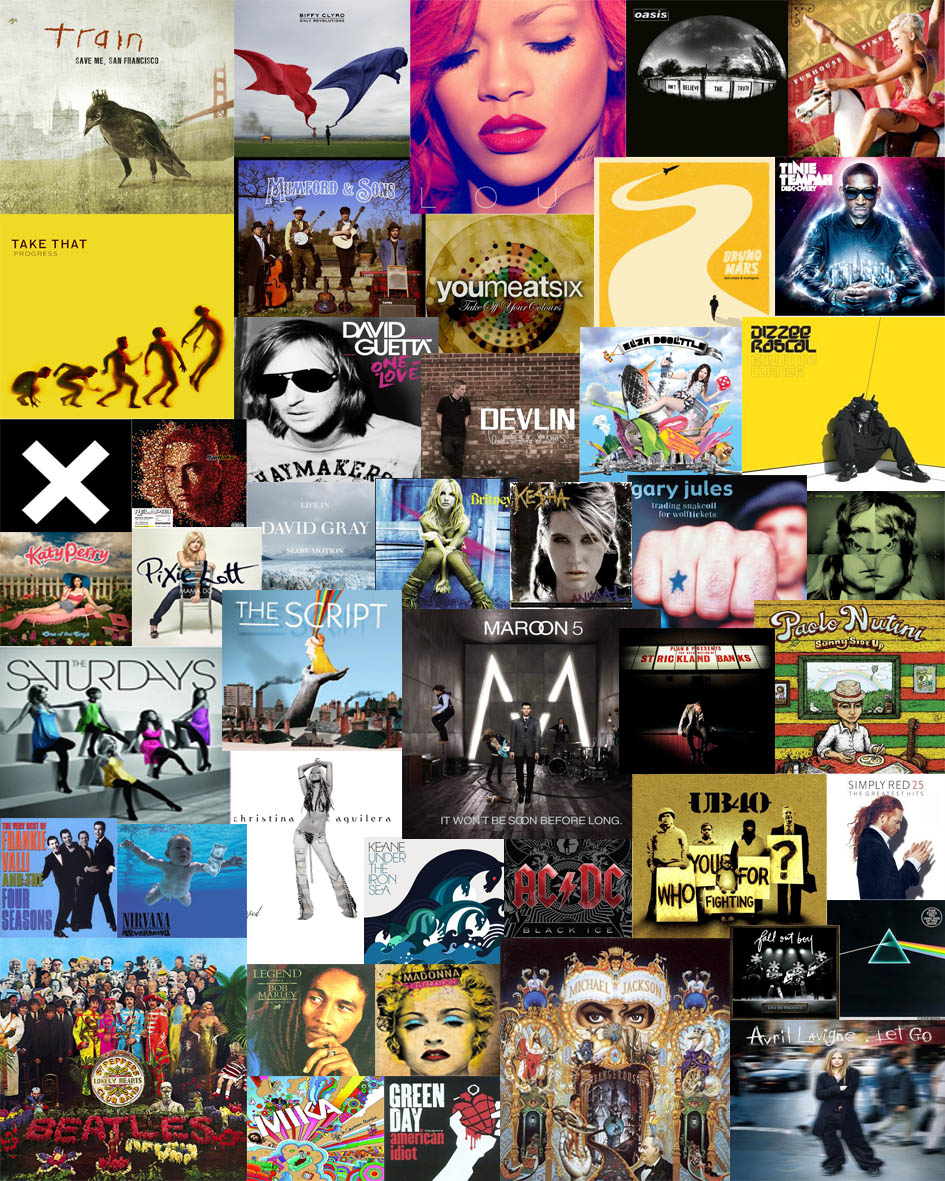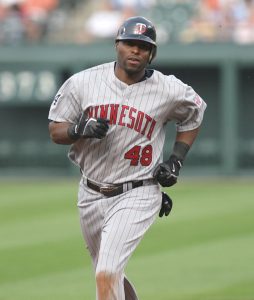Millions of people across the country watch the Super Bowl halftime show every year, and Katy Perry’s recent one was no exception. However, once you got past the robot lion, elaborate costumes, and left shark, the performance was really just a woman singing over computerized beats. That description sounds more critical than I mean it to. Katy Perry is a world famous artist with two number one albums and nine number one singles. She is a pop artist, and pop music is called pop music for a reason (hint: it’s popular). Still, there is a story behind why pop music is the way it is today, and it’s a story that deserves more than a passing glance.
Starting in the 1960s, pop music was dominated by a rock sound. The Beatles were the most prominent, but bands like The Rolling Stones, The Doors, The Who, and more were all mainstream, well-known artists. Even non-rock artists like Marvin Gaye or Simon and Garfunkel generally stuck to a rock sound in their performances.
Since rock was in many ways a brand new form of music, there originally was little variation from the norm. I don’t mean to say that all classic rock is the same, but there’s a reason that it’s just called “classic rock” in comparison to the many sub-genres of today, which range from metal to indie to ____. This variation really started in the 70s, as artists strived to carve out their own niches in the growing world of rock music.
Not only did new sub-genres like psychedelic and punk rock emerge, but new ways of performing came about as well. The lights at a Pink Floyd show, or Queen’s costumes were really the first major influences on modern pop music, and can be seen in the lights at the most recent Super Bowl halftime show or in Lady Gaga’s insane outfits.
Though the advent of sub-genres and flashier performance were important first steps, new changes to music were always on the horizon. In the 80s, new technology changed the genre significantly. Heavy use of synthesizers and new guitar effects were no longer resigned to the fringes of music. On the contrary, they were prevalent in the mainstream; some of the most standard rock of the time (think Bruce Springsteen’s “Born in the USA”) used these new techniques, and even while this new technology was being added on to already popular music, it was simultaneously creating a space for new musical forms.
It isn’t a coincidence that rap music started to take off during this period. Generally rappers, who were creating an entirely new sound without much of a following, did not have the ability to use instruments or proper recording equipment to make music. However, they could take advantage of the increasingly affordable synthesizers and similar electronic devices. But rap was, in the end, all about the lyrics. The beat in the background was just a bonus, and using a computer for rhythmic flare was entirely acceptable.
When rap became mainstream in the 90s, rock had existed for long enough to fragment into a plethora of sub-genres, none of which could be as easily marketed as pop music. This left a gap that was filled by combining the performances and lyrical styles of rock with a more money-infused version of the simple music of rap that was flashier but not more complicated. The result was a huge wave of Michael Jackson-esque pop stars flooding onto the music scene (Britney Spears, Christina Aguilera, etc.), all of whom made singing and showmanship their priorities, while the beat was, yet again, left in the background. Though rock and rap certainly haven’t gone away, these appropriately named pop stars have dominated popular music since.
Just like the emergence of rock, the start of the pop star era was very homogenous, but artists soon began to experiment. However, this experimentation didn’t create the multitude of new sub-genres that it did with rock. Instead, technology was used in new ways that were accepted by the genre as a whole. Though new forms of music like dubstep did come about, the general result was a shift in pop music toward the more computerized music that we have today.
If the history of pop music can teach us anything, it is that pop music will always be in constant flux. Classic Beatles songs of the 60s have little in common with Katy Perry’s halftime show, and pop music fifty years from now will likely be poison to our aged ears. But whether you can’t stop dancing to Taylor Swift, or the tunes of Miley Cyrus make your hipster blood boil, understanding the history of pop music will help you understand how it came to be the way it is today and how it might change in the future.





Every once in a beautiful blue moon a piece of writing comes to my attention that just shines. This is certainly one of these articles. Jonathon’s beautiful prose brings the reader directly into the story that he is trying to tell with his articles. His analysis of the breakthrough performance of the left shark in the 2015 Super Bowl will bring tears to the eye of the reader as they begin to question all of their preconceptions on what they once thought it meant to live, love, and experience the world around them. Thank you, Halftime, for bringing this magic into the world.